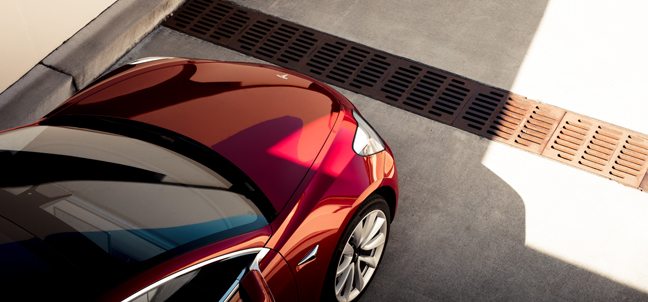When I first drove Tesla’s impressive Model S super-saloon and Model Y SUV last summer, I shall admit that even foreswearing an attitude of ‘zero preconceptions’, I had been affected by the output of the US firm’s intense publicity machine. Yet, even then, I was conscious that, despite Tesla’s presence on our roads, which is far greater than a six-figure machine ought to capable of, all of its brand gamble was being levied on the forthcoming Model 3.
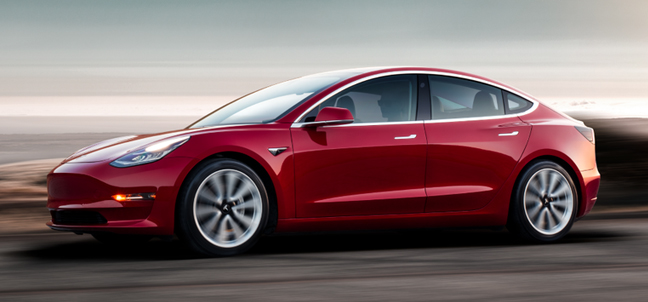
As the ‘affordable’ Tesla, even with prices commencing from a hefty (pre-discount) £38,900 for the Standard Range Plus version (rear-wheel drive, 0-60mph in 5.8s, single electric motor, 258 miles range), rising to £56,900 for the Performance derivative (four-wheel drive, 0-60mpg in 3.1s, top speed of 160mph, twin electric motors, 329 miles range), while its intentions may be ‘everyman’, the reality is somewhat different. However, for Tesla 3 to be the third most registered car in the UK for September 2019, suggests that the price must be right for almost 3,200 vehicle acquirers. Confounding though it may be, it is still an excellent performance in a depressed market.
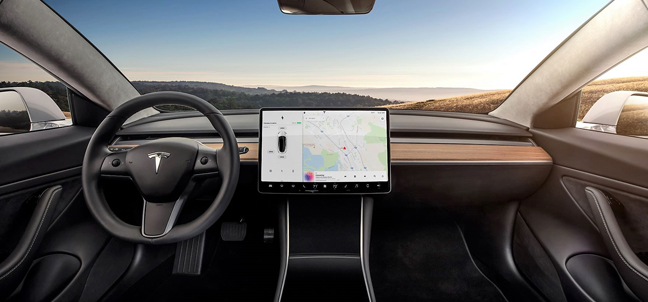
However, I surely cannot be alone in questioning what a potential Tesla 3 owner is getting for the money. Its exterior design is pleasant, verging on pretty, with a notable minimalism and lack of frills in evidence, looking every millimetre of its 4.6m length like a shrunken Tesla Model S. Crack open the driver’s door and you will wonder where the instrumentation went, as there is none, apart from the laptop-size screen that dominates the driver’s side of the dash centre.
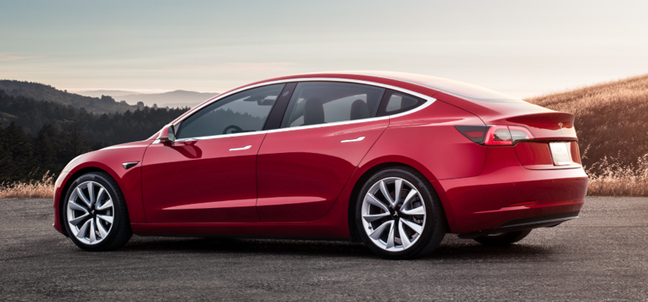
In all respects, it is an ultimate EV and you do not need to insert a key to start it (your pocketed mobile-phone will suffice), while all functions, other than stopping and going, are controlled by the 15.0-inch touchscreen. There is a downside, of course, in that altering settings on-the-move can be a dodgy business, demanding far too much driver concentration, especially when mis-keying on typical bumpy British roads. Two ‘conventional’ stalks (the right hand of which you flick downwards to start the car keylessly) are located behind the steering wheel, which features just two buttons. It is naked. You cannot even spot the air-vents.
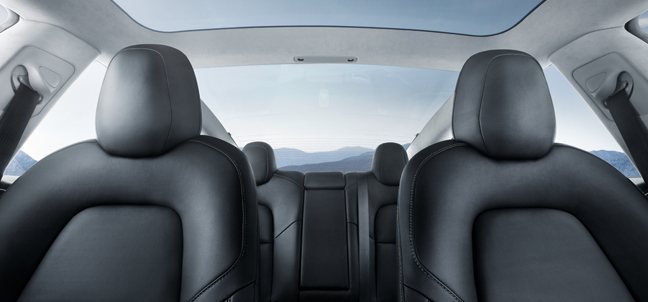
Not restricted to Tesla are typical EV weight penalties, as even the base model tips the scales at 1.6-tonnes, the top and longer range (348 miles) versions perilously close to 1.85-tonnes, and it is bulk obvious to the driver. To be fair, considering that the company’s founder, Elon Musk, states that he ‘doesn’t build cars’, their dynamic balance is quite amazing; a result of placing the 75kWh battery pack centrally low in the platform, which enhances the centre of gravity and the 3’s first-class agility. Naturally, recharging its battery at a Tesla Supercharger requires a 25-minutes coffee-break.
